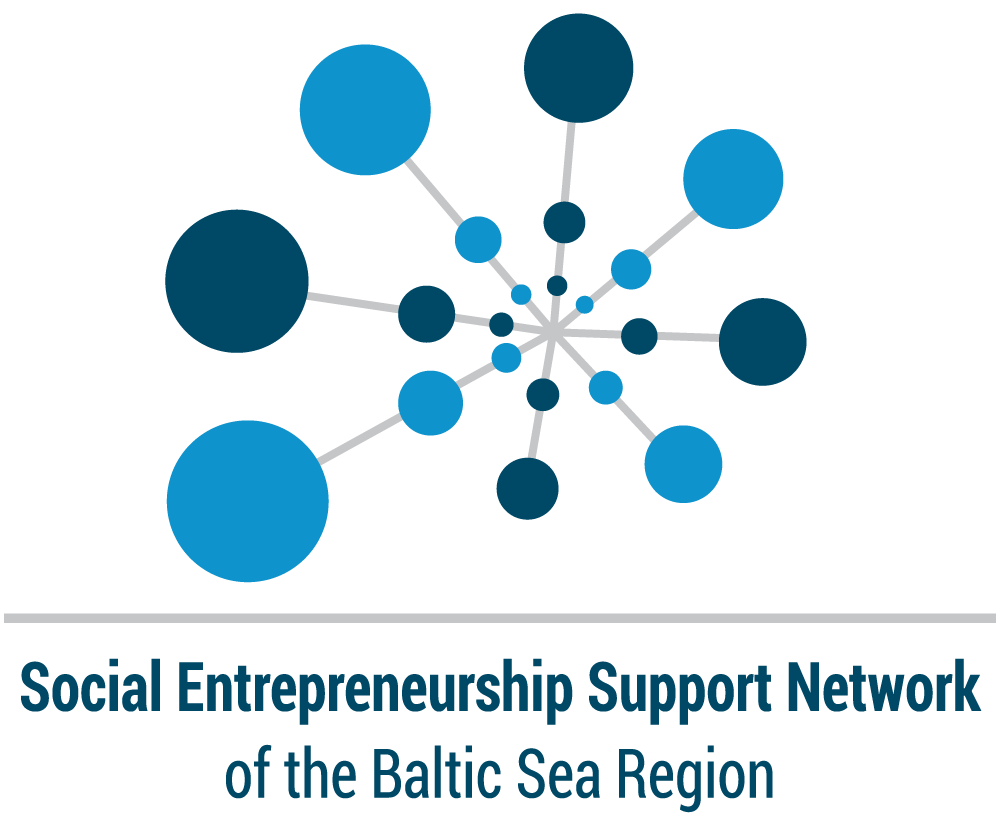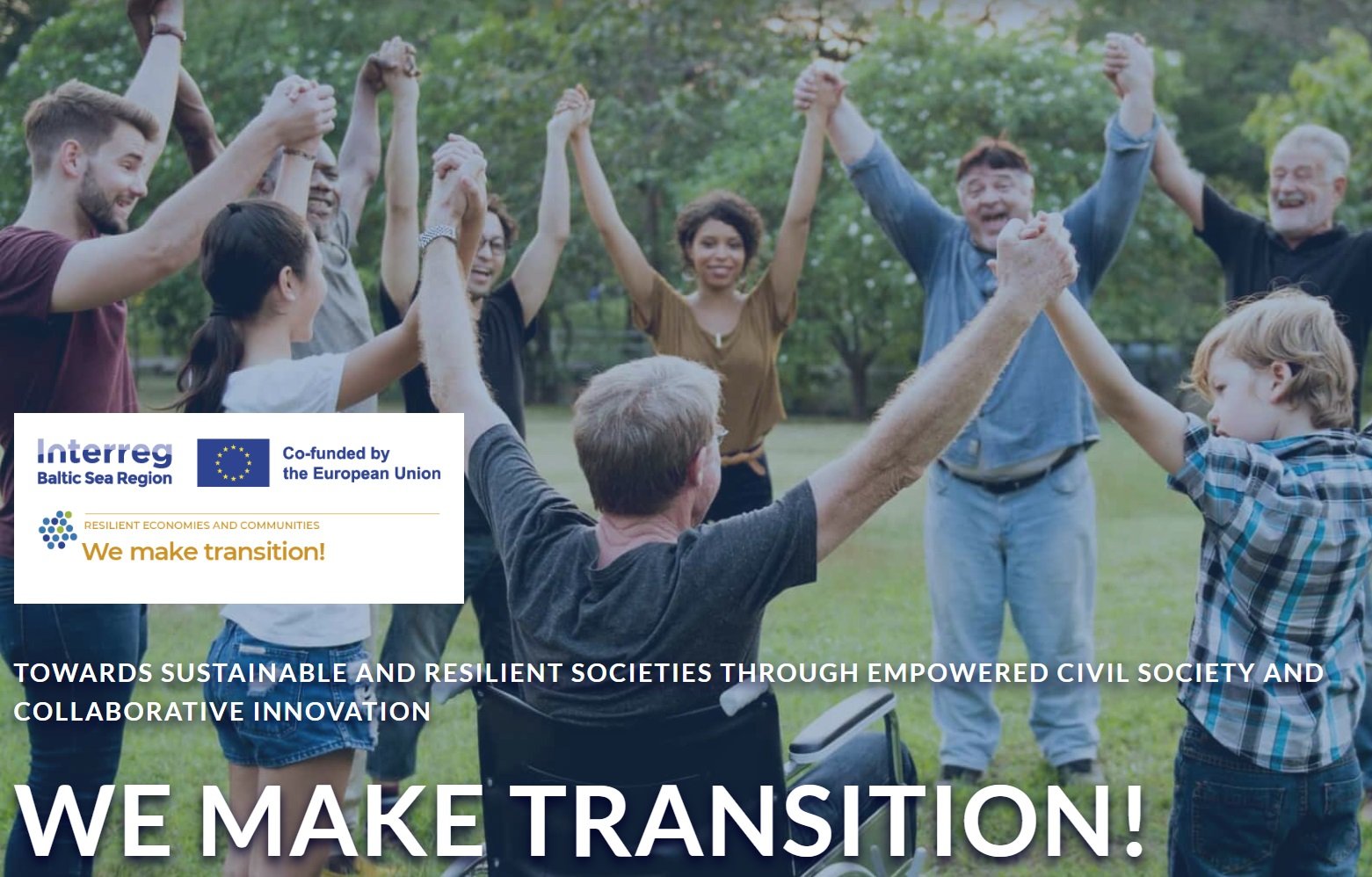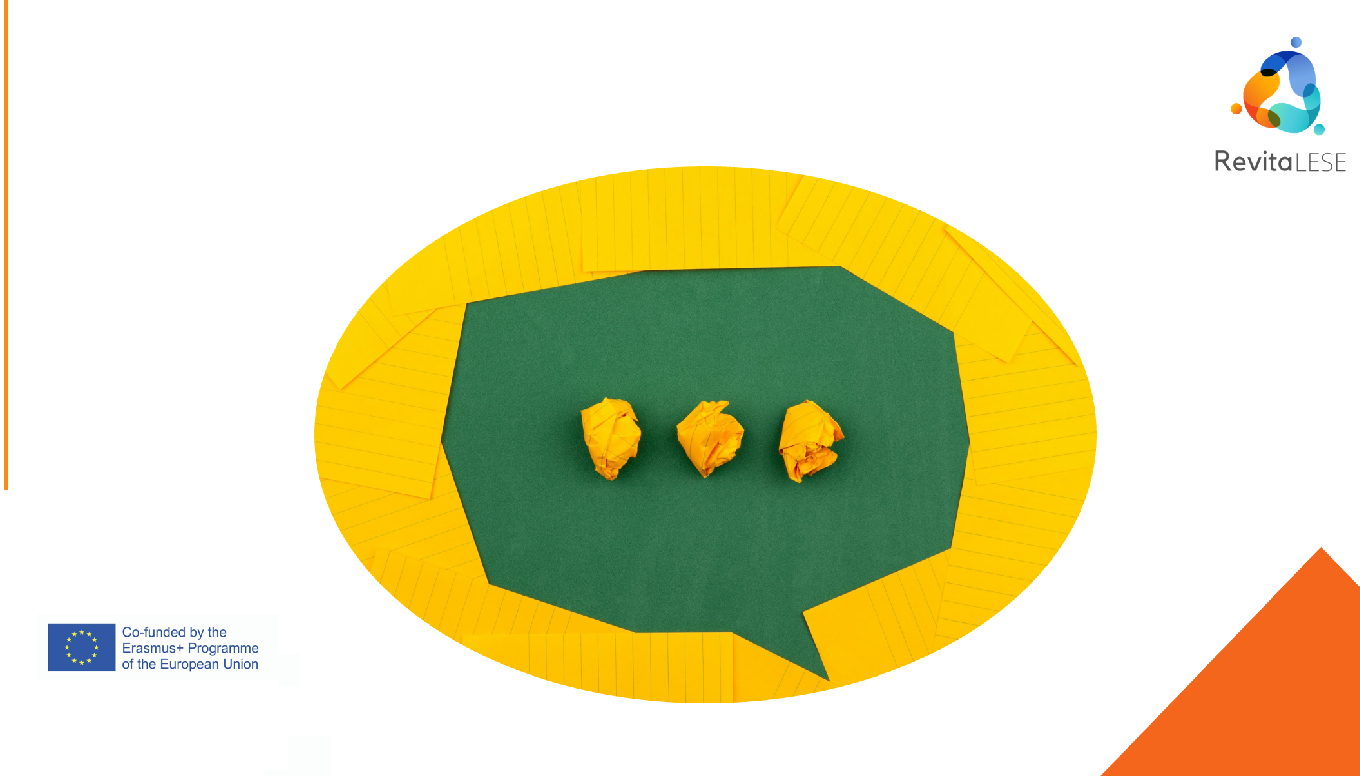About the Course
In this course we will ask you to form groups with other MOOC participants to identify an opportunity to create social change, develop a business model, and outline ideas in a business plan, which you will in the end submit to possibly receive start-up funding.
The domain of social change is no longer reserved for students of political sciences and development studies. Increasingly business graduates are recognized as possessing important skills that can drive social change. This new discipline is often referred to as Social Entrepreneurship (S-ENT). S-ENT describes the discovery and sustainable exploitation of opportunities to create public goods. This is usually done through the generation of disequilibria in market and non-market environments. The S-ENT process can in some cases lead to the creation of social enterprises. These social ventures are hybrid organizations exhibiting characteristics of both the for-profit and not-for-profit sector. Individuals engaging in S-ENT are usually referred to as social entrepreneurs, a term that describes resourceful individuals working to create social innovation. They do not only have to identify (or create) opportunities for social change (that so far have been unexploited), they must also muster the resources necessary to turn these opportunities into reality.
A typical example is Prof. Muhammad Yunus, founder of the Grameen Bank (Bangladesh) and recipient of the Nobel Peace prize in recognition of his contribution to poverty alleviation through the invention and popularization of Microfinance. Other examples include fair trade or car-sharing. Today many foundations aim to identify and promote social entrepreneurs. Two prominent examples are Ashoka and the Skoll Foundation. So called venture philanthropists adopt methods from the domain of venture capital, for example, encouraging social entrepreneurs to provide detailed business plans and to measure and report systematically on their social performance. Social Return on Investment (S-ROI) analysis is an example, of an emerging tool aiming to describe the social impact of S-ENT in dollar terms, relative to the philanthropic investment made.
As part of the course you will be working in groups on identifying an opportunity for a social innovation or social enterprise. You will then write a business plan outlining the business model for implementing your idea. All business plans will be evaluated at the end of the course and the winners will be supported in the implementation of their idea.
Link for registration: https://www.coursera.org/course/socialentrepeneur















Leave A Comment